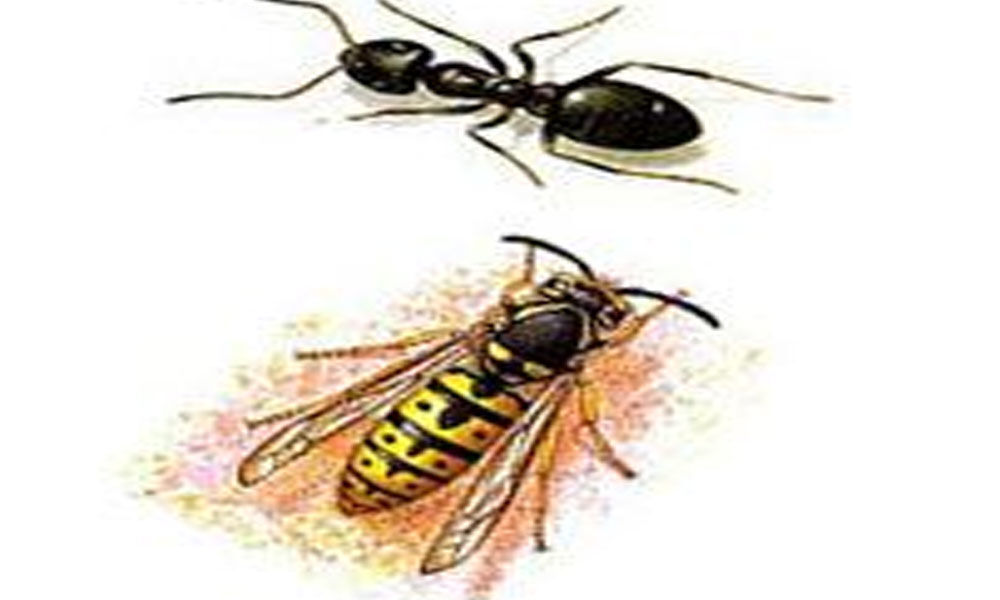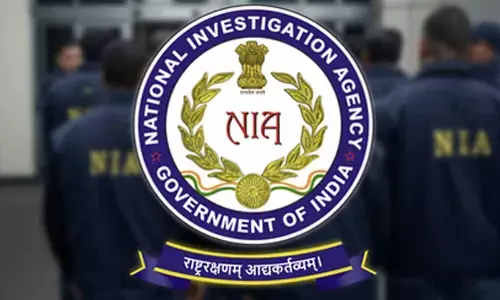About bees and ants
 About bees and ants
About bees and antsSo you know that bees make honey, but do you know how they recognize each other? What about ants, do you know where ants live? Or how about why a honeybee sting actually hurts the bee more than it hurts you? We'll discover all this and more as we learn about bees and ants.
Despite having compound eyes, bees and ants don't use their eyes the same way we do; in fact, some ants are blind! So instead of their sight, bees and ants often will rely on their sense of smell. Special scents called pheromones help them recognize each other and their homes. In this game, you'll be the bee (or ant) and see if you can tell different scents apart.
What You Need: A variety of foods with various types of scents. A few easily recognizable options include: pickles, mustard, peanut butter, coffee beans, mint candy, banana, and vinegar, Cotton balls, Handkerchief or other blindfold, Film canisters or other small, opaque containers with lids, like empty single-serve yogurt containers.
Variation 1: Put a cotton ball soaked in the food (or a small portion of the food) in each container. Have the blindfolded children smell the container and see if they can guess the scent.
Variation 2: If playing the game with several children, divide each scent-soaked cotton ball into two containers. Pass them out to the children and have them take turns sniffing each others' containers and try to find their "pheromone friend," the person with the matching scent.
Variation 3: Make a smelling scavenger hunt. Hide a honey pot or honey bear and tell the children they must sniff their way back to the beehive. Make a trail of scent-filled containers that leads to the "hive." Devise a "path" they must sniff out to in order to find their way back to the "hive." Give the children directions to the hive using different scents to mark the trail. (Use pictures for younger children.)
Ant Food – Are Ants Picky Eaters: Pick out a few foods that have different flavors or tastes and put each one into a paper cup. Here are some ideas: sugar, pancake syrup, half of a strawberry, salt, lunchmeat, something sour (half a lemon or some lemon juice), and something bitter (used coffee grounds).
Set each paper cup on its side near the anthill or ant spot that you found.Watch the ants for a while to see which cups they go to. It might take them a while to notice the cups! Which cups did the most ants go to? Did they check out what was in each cup? Did you see any ants leave a cup and come back with more ants?
After the experiment:
What kinds of food do you think ants like best? Different types of ants eat different things. Almost all ants like sweet nectar, but some also eat other insects while others eat seeds and fruit from plants.
Science Lesson: Do you know another name for bees and ants? If you said insects, you're correct. There are more different types of insects than any other organism on the planet! Insects are creatures with six segmented legs and three-part bodies. The parts are the head, thorax, and abdomen. Bees and ants both have compound eyes (made up of many tiny eyes) and antennae (or feelers).
Bees and ants also follow the same kind of life cycle, a metamorphosis. First, the queen bee or ant (the mother of all the bees and ants) lays an egg.

















